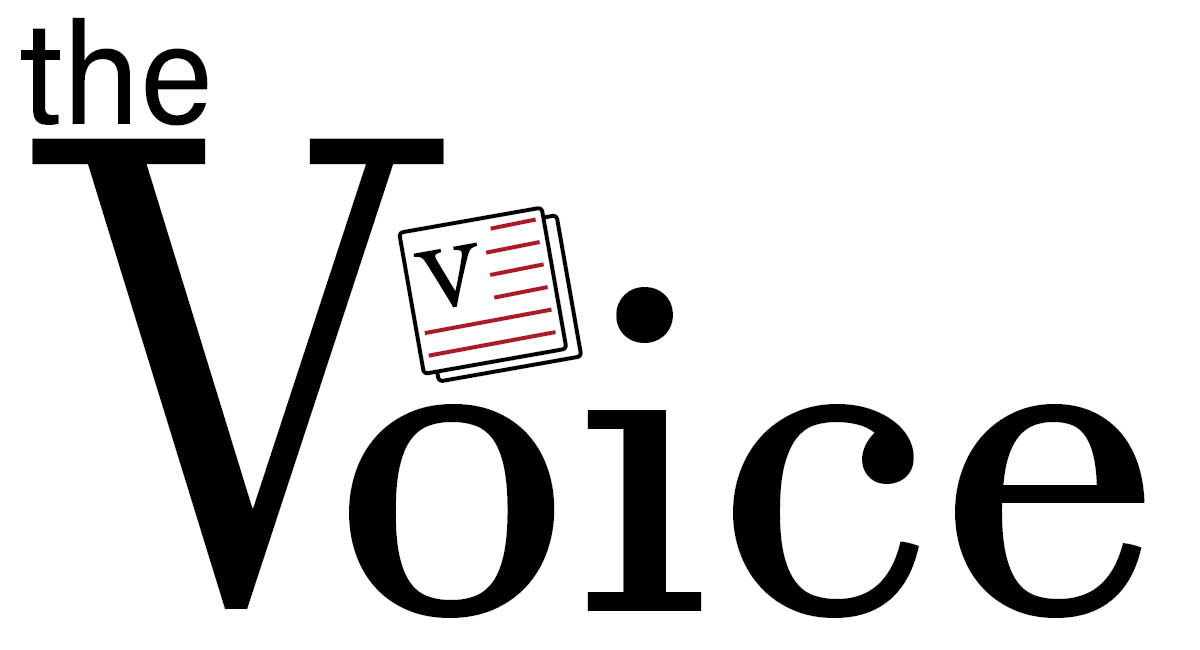March Madness or spring sexism

April 10, 2021
With March Madness coming to an end, it is time to discuss the obvious issues surrounding the tournament and the sports industry: sexism in professional sports. Women’s sports have always been overlooked, but it is 2021 and there should be zero tolerance for this type of behavior.
After all, women work just as hard as men to be in professional sports. Yet they are still extremely underfunded. So how can gender equality be reached when women are not given the adequate materials to succeed?
CBS Sports has an interactive Men’s March Madness bracket that many people participate in. There is no women’s bracket. The media will commonly refer to March Madness as a tournament. Singular. But there are two tournaments, but they only refer to the men’s.
The NCAA does not even attempt to correct the media in their mistakes. This might seem like minor errors, but they build up quickly and reflect in the treatment of the women by the NCAA.
On the NCAA website they state that, “As a non-profit organization, we put our money where our mission is: equipping student-athletes to succeed on the playing field, in the classroom and throughout life.” How is underfunding the women equipping them for success as athletes?
The NCAA has been contradicting themselves for years for what they say on the media vs their actions. Title IX is a federal civil rights law that was passed in the Education Amendments in 1972. It prohibits discrimination based on sex in any school programn that recieves federal money.
Although the NCAA should abide by these rules, they are excused. In 1999 NCAA v. Smith was a case in which the Supreme Court of the United States ruled that the NCAA’s receipt of dues payments from colleges and universities, which received federal funds, was not sufficient to subject the NCAA to a lawsuit under Title IX. Shortly after the case, the NCAA released a statement saying they would voluntarily follow the rules and regulations of Title IX, but have failed to do so.
The NCAA has been a part of the problem since the start. As a result of the court case, there is a $1 billion scholarship gap between male and female athletes. This has been one of the causes for women holding approximately ⅔ of the student loan debts in the US.
The NCAA has given over a billion dollars to the top 5 men’s conferences from 1997 to 2018, but women have not gotten a penny for their victories. The reasoning behind this? Sexism and the NCAA deeming women unworthy.
COVID-19 undoubtedly has a large impact on sports when it comes to funding, but the NCAA handled it embarrassingly. To attain the proper funding for the tournaments, the NCAA did not put any photographers in for the first two rounds of the women’s tournament.
This would make sense if it was the same standards for the men, but in comparison, the men had thousands of photos taken on their first round. The solution is not logical and is an excuse for sexism in sports.
Oregon Ducks’ player, Sedona Prince’s Tik-Tok went viral showing the differences of the weight rooms between men and women during March Madness. There was a large gym for the men but a small rack of dumbbells and a few yoga mats for the women.
The NCAA responded that they did not have the space due to COVID. They were quickly shut down with a video of large empty spaces next to the women’s workout area. The NCAA is trying to cover up their tracks with excuses that women are tired of hearing.
The NCAA is responsible for the funding of all of the March Madness tournaments. The men’s tournament is quite comfortable in its financial situation, with full buffets, weight rooms the size of Planet Fitness, photographers, top tier covid tests, and elite SWAG. bags.
The women on the other hand receive pre-packaged meals, a rack of 6 dumbbells for a degrading excuse of a gym, lack of photographers, less reliable covid tests (the women had many false positives due to their tests), and incomparable SWAG. bags to that of the mens.
Sexism takes place in all levels of sports. In the NBA the age requirement is 19 and is being fought to be lowered for the 2022 draft. In the WNBA the age requirement is 22. This closes many doors for women to go on to a long career in the WNBA. They are mandated to have either completed 4 years of college or be 4 years out of highschool, while the men can go straight to the NBA from after high school. Even in Huntley High School, girl’s sports are extremely underfunded. The boys receive new uniforms more often than the girls and the girls have a stricter dress code policy.
A bunch of problems, but what is the solution? First, an apology from the NCAA to the women’s basketball teams, require higher coaching qualifications for women’s sports, close the $1 billion scholarship gap, bonuses given to the victors of the women’s tournament, and the NCAA abiding to Title IX. Even if the NCAA cannot be held accountable by law, they should be held accountable socially.
Sexism is extremely normalized in today’s society. If we as a society never recognize and deal with the issues brought up by systematic sexism, we will never reach equality. This is an ongoing fight that is nowhere near its start nor end.



